South Africa’s wine scene extends far beyond the famous triangle of Stellenbosch, Franschhoek, and Paarl. While these celebrated regions rightfully claim their spot in the spotlight, the country’s diverse landscape harbors dozens of lesser-known wine areas that produce exceptional bottles at a fraction of the cost. From high-altitude vineyards to coastal plains kissed by ocean breezes, these hidden gems offer unique terroirs and distinctive wine styles that even seasoned collectors often overlook.
The beauty of exploring South Africa’s underrated regions lies in discovering extraordinary value and authentic experiences away from crowded tasting rooms. Here’s a list of 18 remarkable wine regions that deserve a place on every wine lover’s radar.
Cederberg
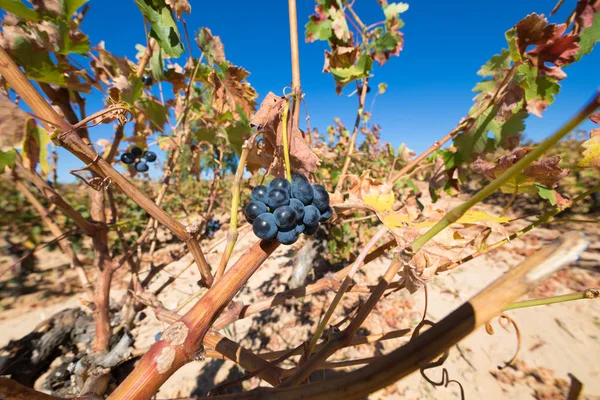
At over 3,200 feet above sea level, Cederberg Private Cellar holds the distinction of being South Africa’s highest winery, earning its slogan ‘Wines with Altitude.’ The dramatic mountain landscape, located about 155 miles north of Cape Town, creates a unique cool continental climate where snow occasionally blankets the vines in winter.
This pristine, virus-free environment, combined with crystal-clear mountain water, produces wines of exceptional purity and elegance, particularly their acclaimed Chenin Blanc and Shiraz.
Elim
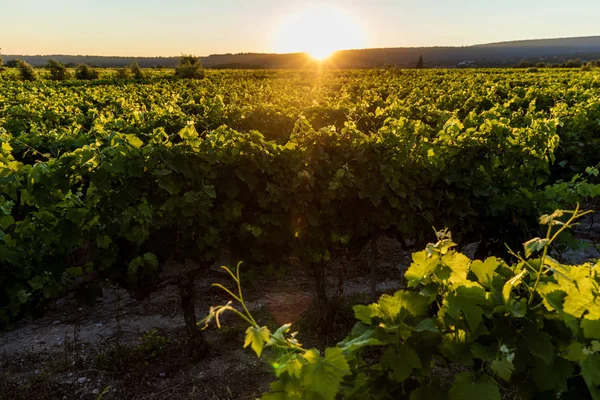
Positioned at South Africa’s southernmost tip, around 34.5 degrees south, Elim represents one of the country’s coolest wine regions. The deep lime-rich soil with plentiful slate and gravel deposits in this maritime climate gives rise to exceptional white wines.
The region’s proximity to both the Atlantic and Indian Ocean convergence creates ideal conditions for crisp Sauvignon Blanc and elegant Semillon that showcase a distinct mineral backbone.
Like Travel Pug’s content? Follow us on MSN.
Robertson
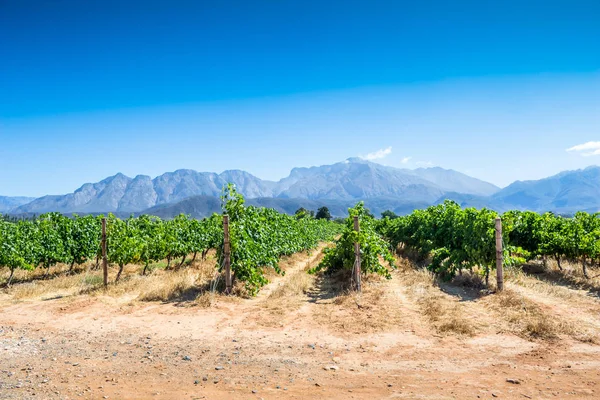
The Bonnievale ward within Robertson stands out as the most notable sub-region, particularly recognized for its outstanding Chardonnay and Shiraz wines. With average annual precipitation generally below 400 millimeters, irrigation becomes essential, while summer growing season temperatures hover around a comfortable 72°F.
The limestone-rich soils of this inland valley create wines with remarkable structure and aging potential that rival much more expensive international examples.
Wellington

Declared a ‘Top Wine Area’ in the 2016 South African Terroir Awards, Wellington offers visitors the road less traveled among wine estates, fruit orchards, and olive groves. This picturesque town serves as home to South Africa’s first indigenous distillery, where artisanal producers create distinctive spirits alongside their wines.
The region’s diverse microclimates and innovative winemakers are crafting exciting blends that showcase both international varieties and local character.
Tulbagh
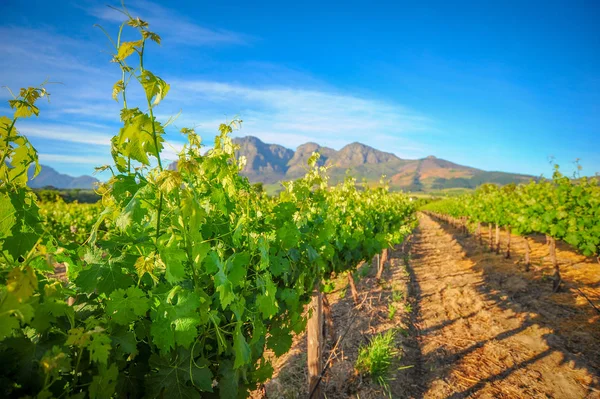
Nestled in a serene valley just 90 minutes from Cape Town, Tulbagh features graceful old estates that have housed the same families for generations, alongside cutting-edge cellars from boutique producers. Church Street’s 32 provincial monuments transport visitors back in time, creating an atmosphere where wine tasting feels like stepping into South African history.
The valley’s protected location and diverse soil types allow both traditional and experimental winemaking to flourish side by side.
Like Travel Pug’s content? Follow us on MSN.
Calitzdorp
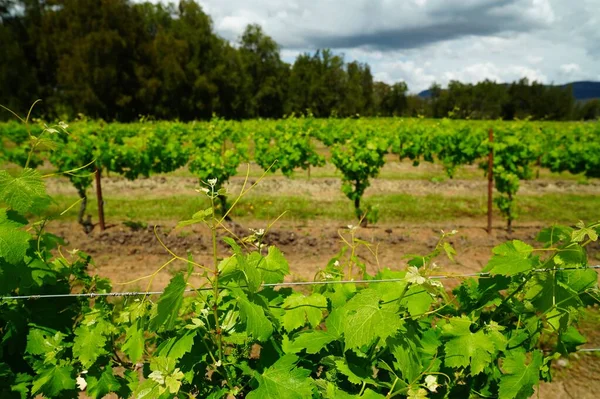
Located in the Klein Karoo, Calitzdorp benefits from warm temperatures that are moderated by sea breezes starting in late afternoon, combined with cool nighttime temperatures. This district includes the ward Groenfontein and has gained recognition for producing some of South Africa’s finest port-style wines.
The semi-desert climate and unique terroir create ideal conditions for fortified wines and rich reds that capture the essence of this dramatic landscape.
Swartland
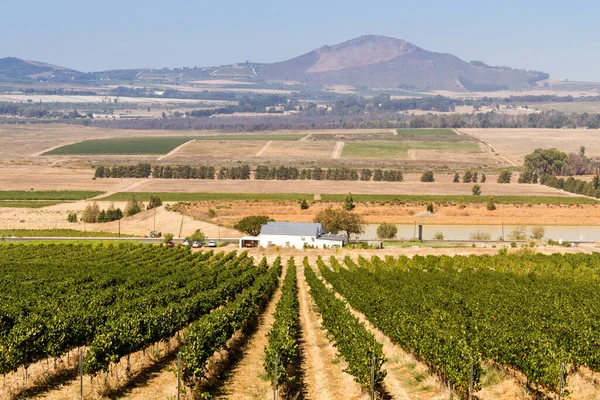
Swartland’s name derives from the Dutch phrase for ‘black land,’ which becomes apparent when rain turns the native ‘rhinoceros bush’ from green to black. Though its winemaking culture is relatively new compared to other regions, its proximity to Cape Town and wonderful wine route make it perfect for day trips or weekend excursions.
The region excels particularly with Shiraz and Chenin Blanc, producing wines with a distinctive rustic elegance that reflects the rugged landscape.
Walker Bay
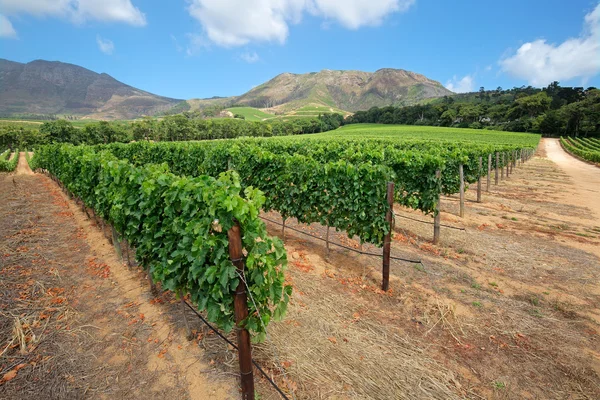
The maritime climate of Walker Bay, with its cool higher elevation vineyards, has achieved remarkable success in producing Chardonnay, Pinot Noir, and Sauvignon Blanc. This coastal region benefits from constant ocean influences that create ideal conditions for Burgundian varieties not commonly grown elsewhere in South Africa.
The combination of limestone soils and cooling sea breezes produces Pinot Noir with remarkable finesse and Chardonnay with mineral complexity.
Like Travel Pug’s content? Follow us on MSN.
Overberg
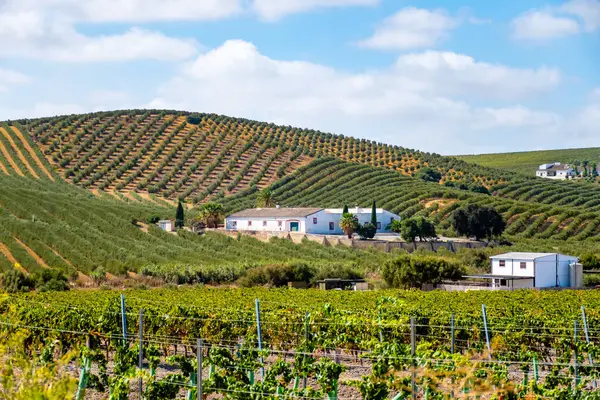
The cool climate Overberg region represents the site of the most recent interest and development in the South African wine industry, particularly with increased plantings of Chardonnay and Pinot Noir. This entire area received very little attention until the late 20th century and wasn’t even classified in the original 1973 Wine of Origins program.
The region’s late arrival in the wine scene means many vineyards feature modern planting techniques and state-of-the-art winemaking facilities.
Breedekloof
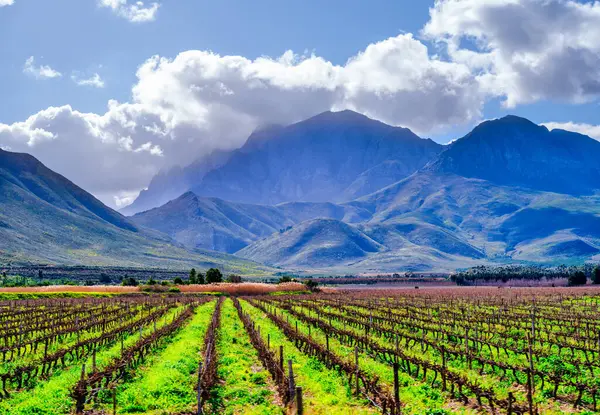
In recent years, the Breedekloof district has achieved remarkable success growing both botrytised and dry Sauvignon Blanc wines. This district includes the wards Goudini and Slanghoek, representing some of the most innovative white wine production in the country.
The region’s commitment to sustainable farming practices and experimental winemaking techniques have created a new generation of crisp, expressive white wines that showcase South African terroir.
Worcester
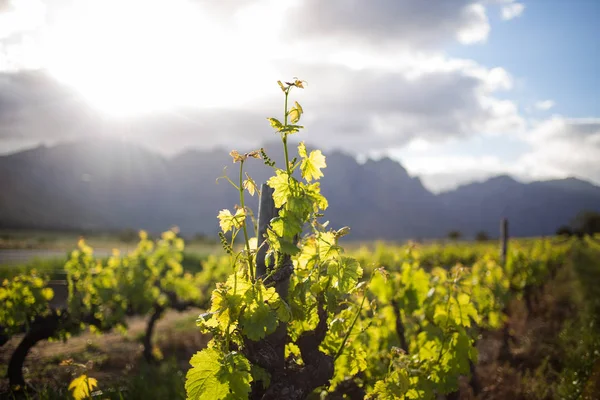
The Worcester district produces more wine than any other region in the country, responsible for one-fifth to one-quarter of South Africa’s entire yearly wine production. Located beyond Du Toit’s Peak in the Breede River Valley, Worcester includes a broad fertile plain that relies on irrigation due to its dry, arid climate.
While historically known for bulk production, the region’s large cooperatives now craft impressive fortified wines and Muscadel-based dessert wines that rival international standards.
Like Travel Pug’s content? Follow us on MSN.
Orange River
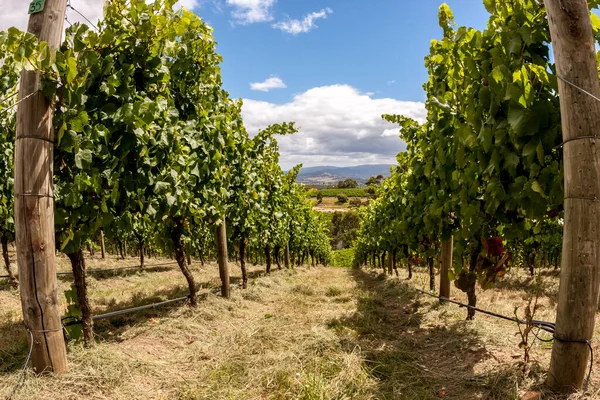
The Northern Cape wine regions along the Orange River include the hottest wine-producing areas in South Africa, where better irrigation and temperature-controlled fermentation technology enabled serious wine production starting in the 1960s. This expansive region stretches from Boegoeberg in the east to the Augrabies Falls Valley in the west, with lush vineyards lining the fertile Orange River valleys.
The dramatic temperature variations between scorching days and chilly nights create surprisingly elegant wines from hardy vines adapted to semi-desert conditions.
Bot River
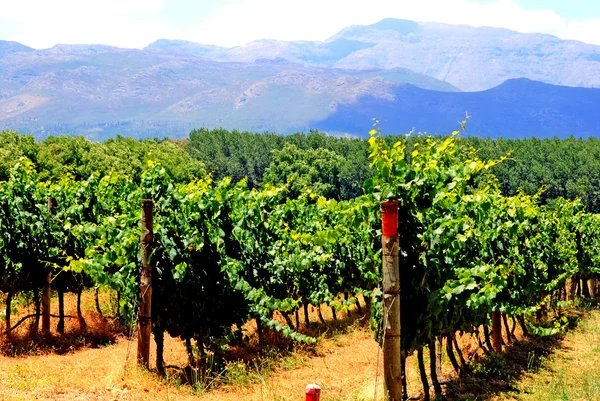
As a ward within the Walker Bay district, Bot River benefits from the Cape South Coast’s cool maritime influences while developing its distinctive character. The region’s protected valley location creates a unique microclimate that’s slightly warmer than its coastal neighbors, allowing for the successful cultivation of both Bordeaux and Burgundian varieties.
Small family-owned wineries here produce limited quantities of handcrafted wines that showcase the terroir’s potential for both elegant reds and complex whites.
Hemel-en-Aarde Valley

The Hemel-en-Aarde Valley, along with its sister wards Upper Hemel-en-Aarde Valley and Hemel-en-Aarde Ridge, represents some of South Africa’s most promising cool-climate wine production. Located within the Walker Bay district, this trio of wards benefits from direct Atlantic Ocean influence and elevated vineyard sites that create ideal conditions for Pinot Noir and Chardonnay.
The name translates to ‘Heaven and Earth,’ which perfectly captures the ethereal quality of wines produced in these blessed valleys.
Like Travel Pug’s content? Follow us on MSN.
Klein Karoo
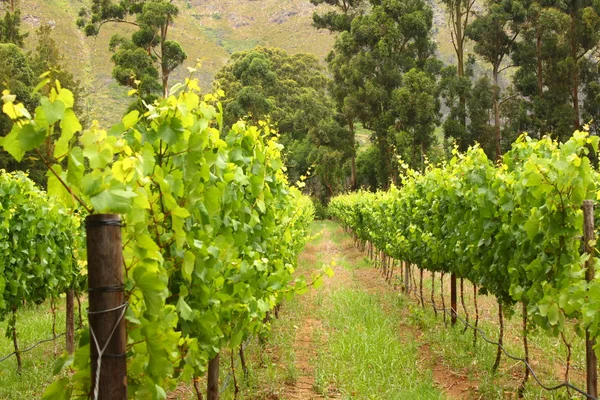
The Klein Karoo region, meaning ‘Little Karoo,’ features a semi-desert climate and was historically known mostly for sheep and ostrich farming before wine production took root. This diverse region is renowned for its extremes in terms of soils and climate, with some of the Western Cape’s highest mountain peaks forming part of the Cape Fold Mountains.
Viticulture here takes place primarily in protected valleys and ravines, where innovative winemakers produce exceptional port-style wines and robust reds that thrive in the challenging conditions.
Montagu
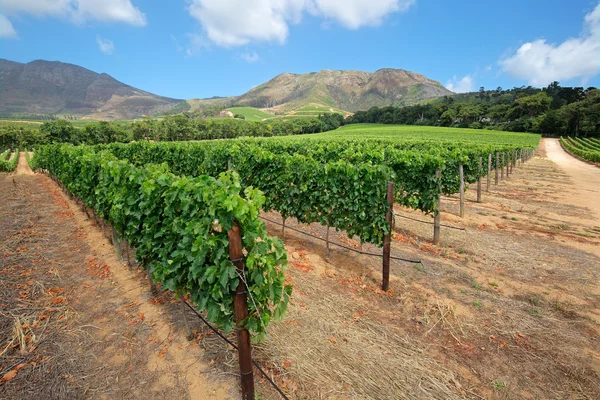
As part of the Klein Karoo wine route stretching along the scenic R62, Montagu offers visitors unspoilt landscapes and uniquely South African wine experiences. Listed as one of the official wards within the Klein Karoo region, Montagu showcases the area’s ability to produce quality wines in challenging semi-desert conditions.
The town’s historic charm, combined with modern winemaking facilities, creates an authentic South African wine experience that remains largely undiscovered by international visitors.
Groenekloof
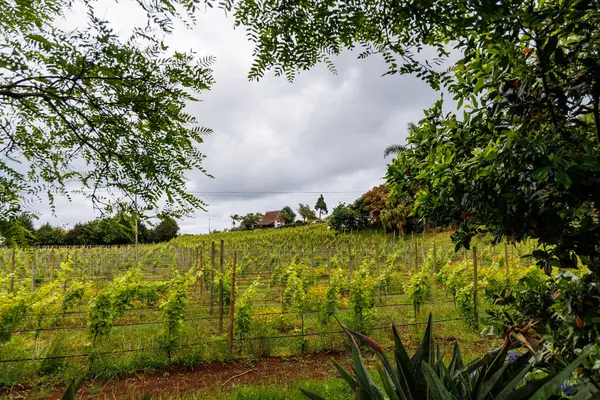
Located in the Darling area within the West Coast region, Groenekloof has gained recognition for exceptional Sauvignon Blanc plantings that benefit from cooling Atlantic influences. The ward’s name means ‘green ravine,’ referring to the protected valleys where vines flourish despite the region’s generally dry climate.
Cool morning mists rolling in from the ocean provide essential moisture, while afternoon sea breezes help maintain the crisp acidity that makes Groenekloof Sauvignon Blanc so distinctive.
Like Travel Pug’s content? Follow us on MSN.
Cape Agulhas
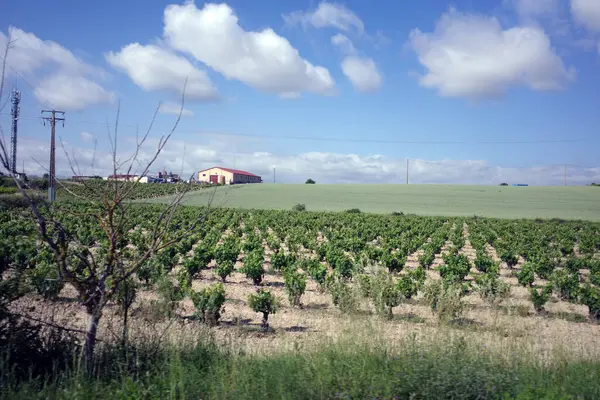
The Cape Agulhas district includes the ward Elim and represents the southernmost wine-producing region on the African continent. Positioned around 34.5 degrees south, this region experiences some of the coolest growing conditions in South Africa’s wine industry.
The symbolic significance of producing wine at Africa’s southern tip, where the Atlantic and Indian Oceans meet, adds emotional depth to every bottle crafted in this windswept coastal landscape.
Where Tradition Meets Innovation
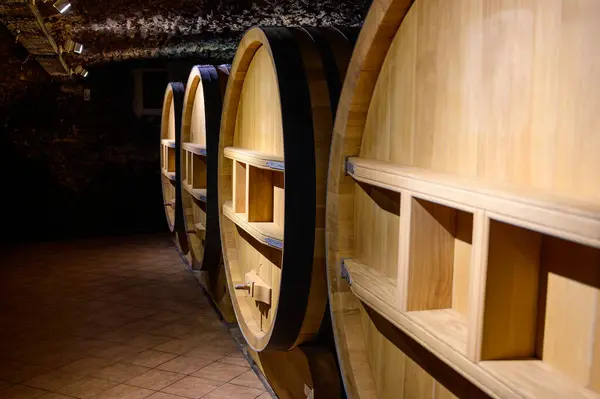
These eighteen regions represent more than just alternative destinations for wine enthusiasts—they embody South Africa’s evolving identity as a world-class wine producer. While the famous estates of Stellenbosch built the country’s reputation on traditional European varieties, these underrated areas are writing new chapters with innovative techniques, sustainable practices, and distinctly South African expressions.
From Cederberg’s high-altitude purity to Orange River’s desert resilience, each region contributes unique flavors to the country’s diverse wine story. The real treasure lies not just in discovering exceptional wines at incredible values, but in experiencing the authentic hospitality and pioneering spirit that defines South African winemaking today.
More from Travel Pug

- 20 Best Beach Towns in the Carolinas
- 13 Destinations Where Tourists Regularly Regret Their Trip
- 20 Things You Actually Get in First Class
- 20 Small Airports With Aviation Museums
- 20 Places in the U.S. That Are Perfect for a Reset Trip
Like Travel Pug’s content? Follow us on MSN.
